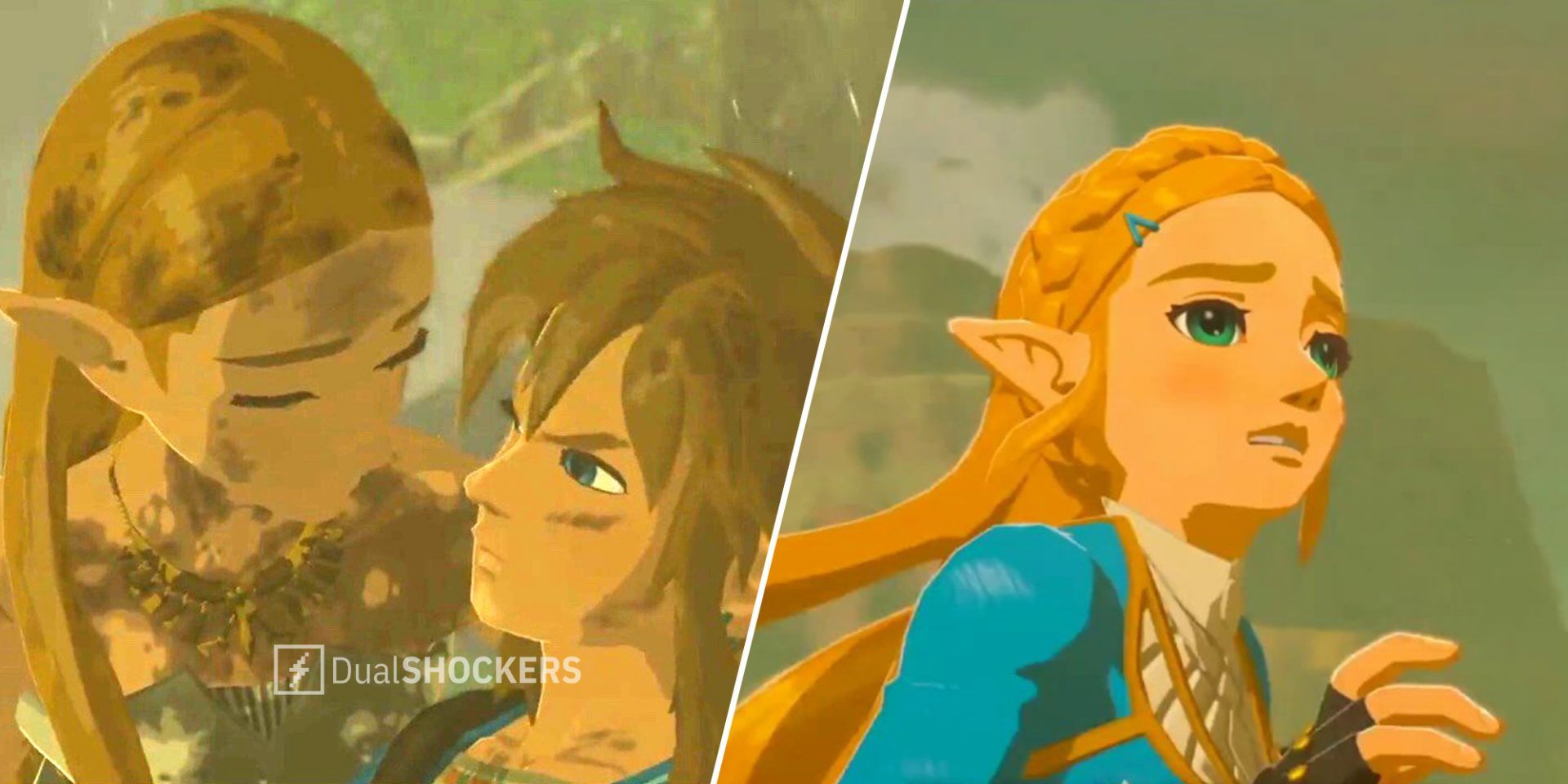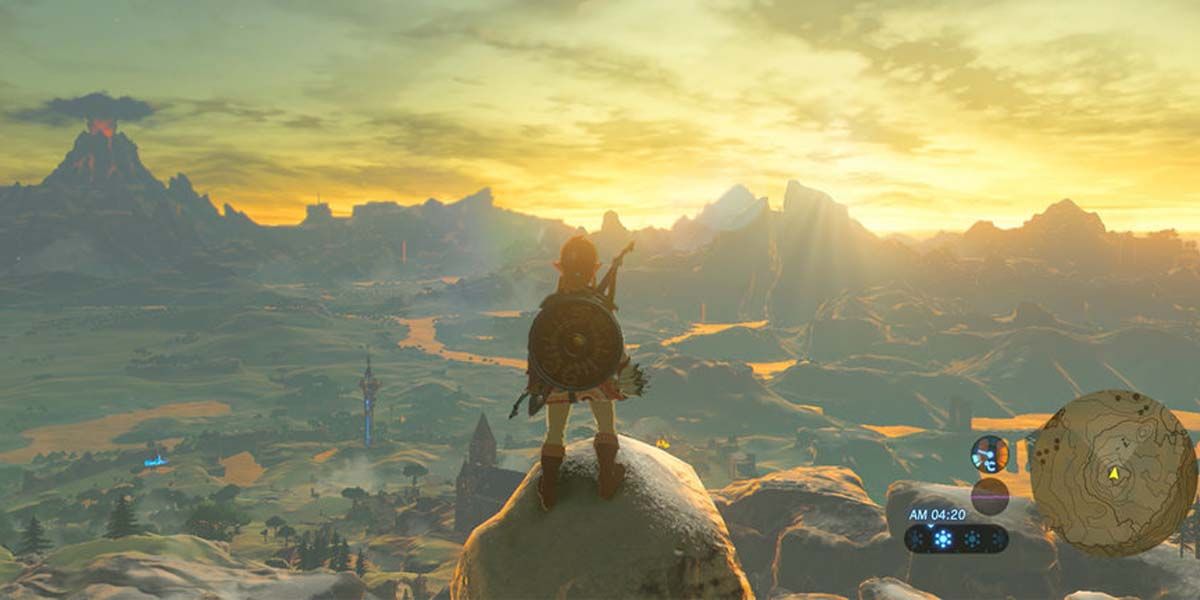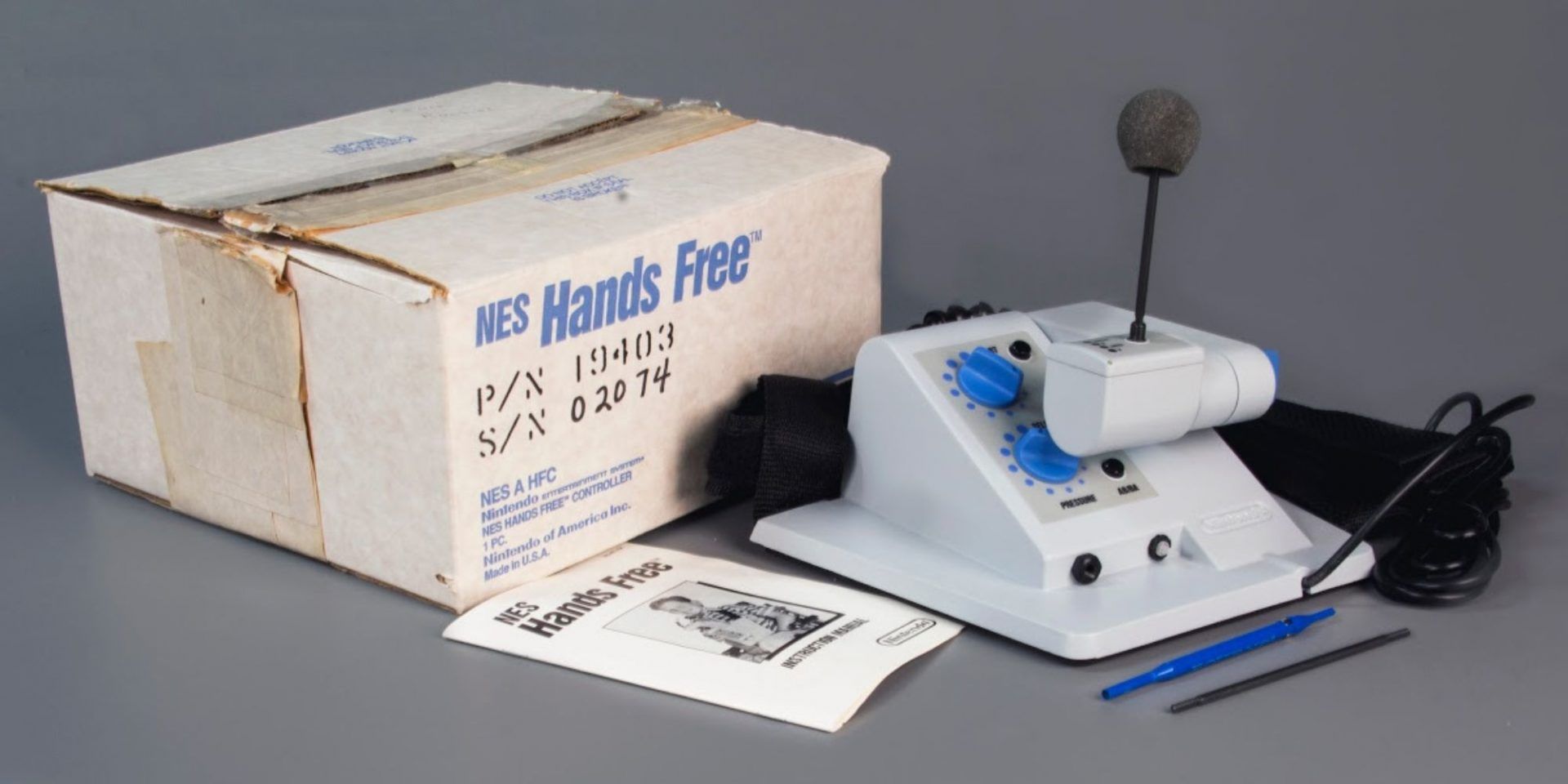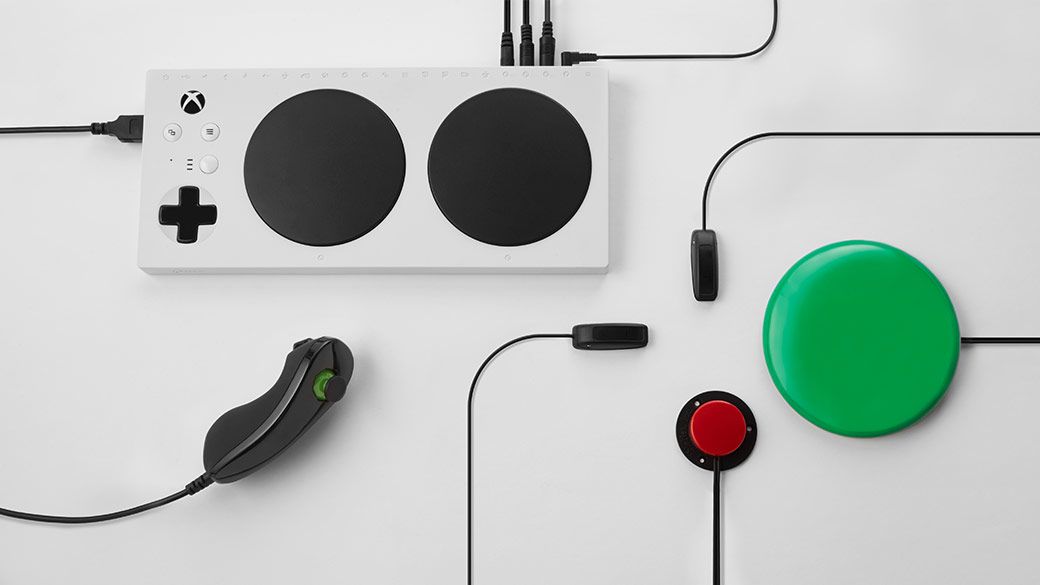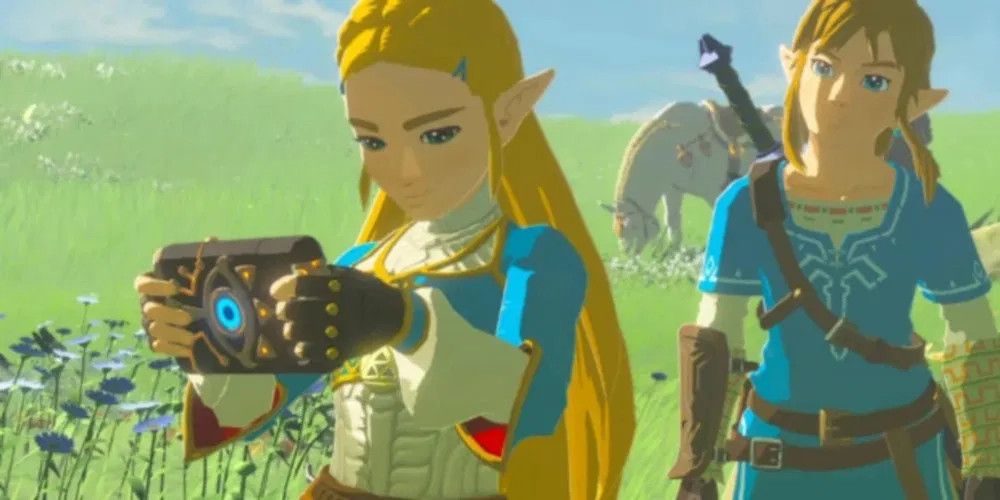When I first got my Nintendo Switch, the second game I bought for it was The Legend of Zelda: Breath of the Wild. It was a beautiful game. What was decidedly not beautiful was its lack of accessibility options, which turned my most recent time in Hyrule a waking nightmare. You see, I have one arm (my right arm stops just below my elbow) and in games like the Zelda games where one of your weapons is a bow and arrow, I had a hard and painful time using it in Breath of the Wild. Unfortunately, the game does not have any accessibility controls or options, so I could not change the bow and arrow command from the ZR Trigger to the ZL Trigger.
Instead, I had to move my only hand over the right side of the Joy-Con, and contort it so I could press ZR with my middle finger, aim with my index finger, and use my thumb to move Link around the area so I could attempt to not take damage. However, because of my comfortability (or lack thereof), I had to stand still while firing in order to hit my desired target(s). After a few shots, my wrist and hand would begin to hurt. My roommate (who I did the playthrough with) would look down at my hand's positioning and say "That looks really uncomfortable." He wasn't wrong, and at that point, I'd usually let him take over while I rested.
We'd normally take turns based on death. One time, I made the dumb decision of trying to knock down a tree with a bomb and detonated it when I was too close, ruining the little jingle I casually made up on the spot: "What do you do when you do not have an ax? You take a bomb and put it by a tree. You walk away, detonate, and-- oh SHIT!" It was a lighthearted moment, but one quickly replaced by the sinking feeling that this game wasn't made for people like me.
The game is pretty barebones in terms of accessibility options. You can change the camera sensitivity and the jump button, but that's about it. There is no ability to fully remap buttons, there are not even presets of various control layouts that are normally utilized in most games. But hey, at least you can use an Amiibo! Great...
There is no colorblind mode, no assistance to allow players with vision issues to shade allies, items, and enemies with different color palettes and options to choose from, and no option to enhance text and caption sizes and color. The game is literally unplayable for many of us who have disabilities. Many, if not all, of Nintendo's games pride themselves on simple button presses and commands, but for a franchise like The Legend of Zelda, more thought should be put into the controls. Just look at the indie game Celeste, which has way more accessibility options than this triple-A game.
That is a big failure on Nintendo's part, but it wasn't always this way, and the company was actually were one of the firsts to bring the need for accessibility to light. They made a device allowing a certain group of disabled people to play the games they loved on their Nintendo Entertainment Systems. It makes you wonder why, in this generation, the company does not think about putting accessibility features in what was the main launch title for the Nintendo Switch.
The Nintendo Hands-Free Controller was an accessibility marvel before its time.
In the 1980s, Nintendo created and released the Nintendo Hands-Free Controller for people who were quadriplegics. If you look closely at the image on the handbook, you will see it sat on the person's chest and the blue mouthpiece would be used to control the character. Moving the stick with your mouth from side to side moving the character left to right, while blowing into the mouthpiece would make the character jump. It was not only a groundbreaking device - it was a device Nintendo also sold as an added item with the Nintendo Entertainment System as part of an optional bundle package.
This is what is so frustratingly sad about the direction the company has gone. They made the Hands-Free controller back in the 1980s, so why have Nintendo not made more controllers like it and ones for people with other physical disabilities? A few years ago Microsoft worked alongside gamers with disabilities to test the now-released Xbox Adaptive Controller. While I have not tried it or had an opportunity to use it, I have seen many videos of disabled gamers who have, and they've all made my heart smile.
It's the kind of stuff that makes you feel seen as a marginalised person. They understood there is a market of people who love and play video games as much as those who are able-bodied. All we need is a device and options which allow us to play and share our love of gaming with other people. We are constantly seeing developers like Ubisoft ensure their games reach a certain level of accessibility, and others should follow suit.
The Xbox Adaptive Controller
In order to join the modern gaming era, Nintendo must ensure Breath of the Wild 2 is accessible for everyone. It needs to have full button remapping because I want to be able to configure my Joy-Con or my Gamecube-styled controller to the way that I need it (besides, doesn't everyone appreciate the option for button remapping?). No contorting, no pain, no dying because your arm, hand, fingers, and wrist hurt because of having to use a certain weapon to advance and beat the game.
The sequel also needs colorblind modes that allow people to use different colors to identify allies, enemies, entrances, weapons, and other items in the game world. Another visual aid that I mentioned is adjustable text size. Not everyone sits close to a television or projector screen, and even if they did may require the game's text to be adjustable. Menu text and caption text are different, so it would be awesome if Nintendo added those functions.
The Legend of Zelda Breath of the Wild Link and Zelda Sheikah Slate
The upcoming Zelda sequel should also have options that allow people with hearing difficulties to sense an enemy or item nearby. These are just some of the many accessibility options that come standard in most of today's video games. I grew up a Zelda fan, I've played nearly all of the Zelda games (I even have a map of Hyrule over my bed), but if the sequel does not contain the simplest level of accessibility, then I - and many other gamers with disabilities - may have to skip it, and that is not something I should feel compelled to do.

